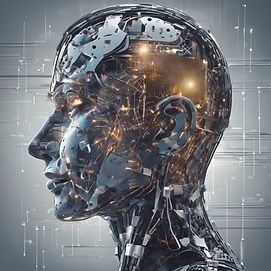
We aim to close digital divide in the new era of generative AI in two ways:
1) by triggering the activation of an International AI governance law driven by the Global South by January 1, 2026. We call this effort the AI Moonshot. Here's our FAQ on AI Moonshot
2) by activating Meaningful AI (MAI) -, which is DDI's own AI model offered to nation-states beginning with Indonesia. This model builds on our past activity promoting Meaningful Broadband in Asia. Our FAQ on MAI.
Digital Divide Institute’s purpose is to establish an equitable digital economy. It was created in 1999 when it was jointly supported by Bill & Melinda Gates Foundation, Ford Foundation, Rockefeller Foundation, Kellogg Foundation and Carnegie Corporation. Our brand is “meaningful.” Since 2006, we introduced Meaningful Broadband to 12 nations, later adapted to Meaningful AI.
Digital Divide Redefined
The term “digital divide” is tied to the regulation of the internet. The definition of that term, coined in 1996, has been the basis of fierce ideological struggle – between those who wanted governments to regulate the internet, and those who wanted to depend on voluntary efforts or market-based efforts to close the divide.
The international movement to close Digital Divide was activated at a specific time and place: November 23, 1999 during the “battle of Seattle” in the eve of the World Trade Organization’s biennial conference. For a firsthand view of the moment when “digital divide” became a world wide movement.
Since then, the digital divide movement went through three distinct stages leading up to the launch of Meaningful AI in 2023.
“Digital Divide” Defined
“Digital Divide” refers to the gap between those who can benefit from digital technology and those who cannot. ”Closing the Digital Divide” therefore means more than just giving the poor the same technologies already received by the rich. Closing the Divide involves restructuring the telecommunications sectors in each nation. More>